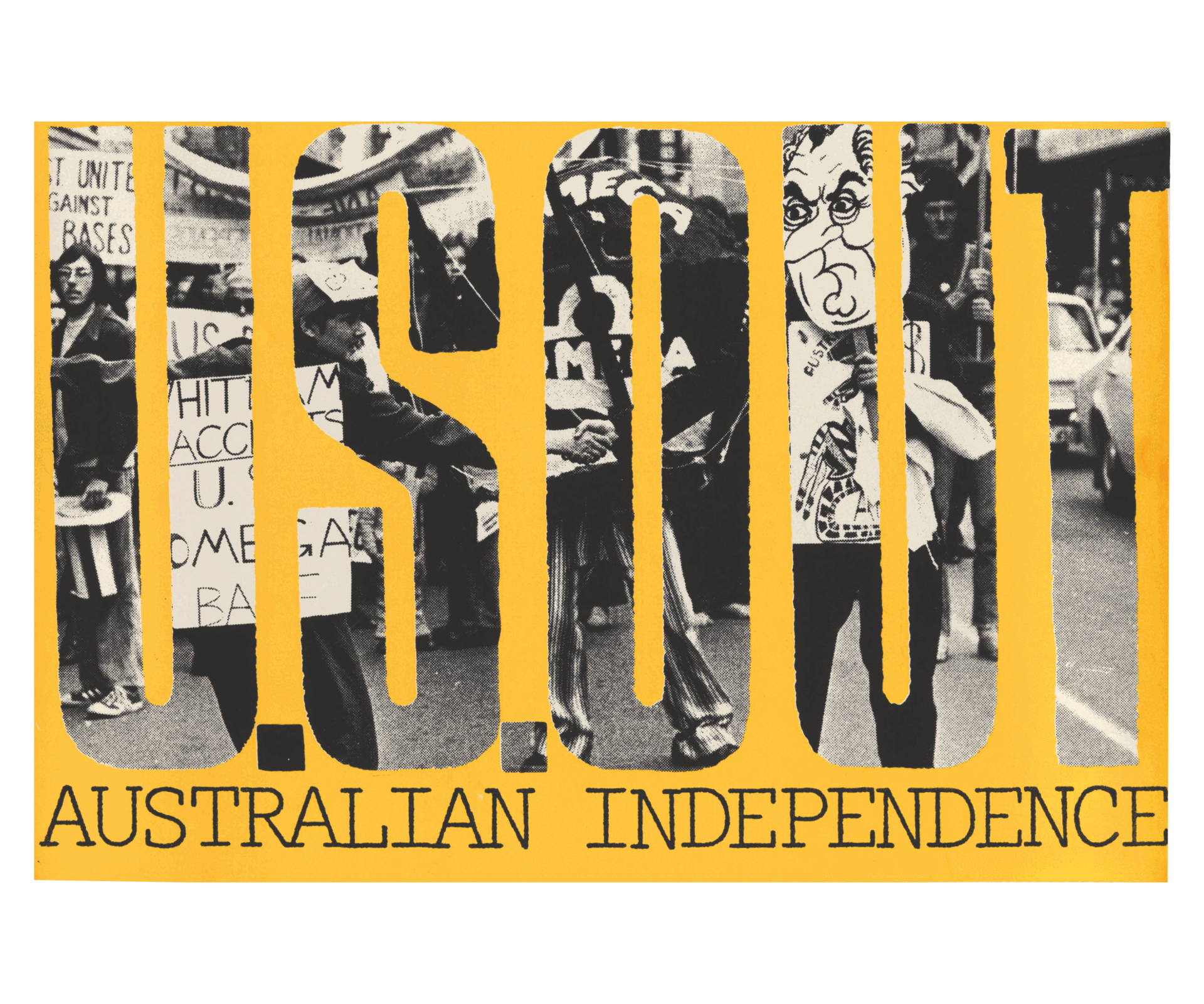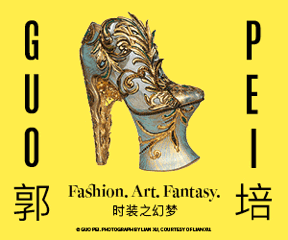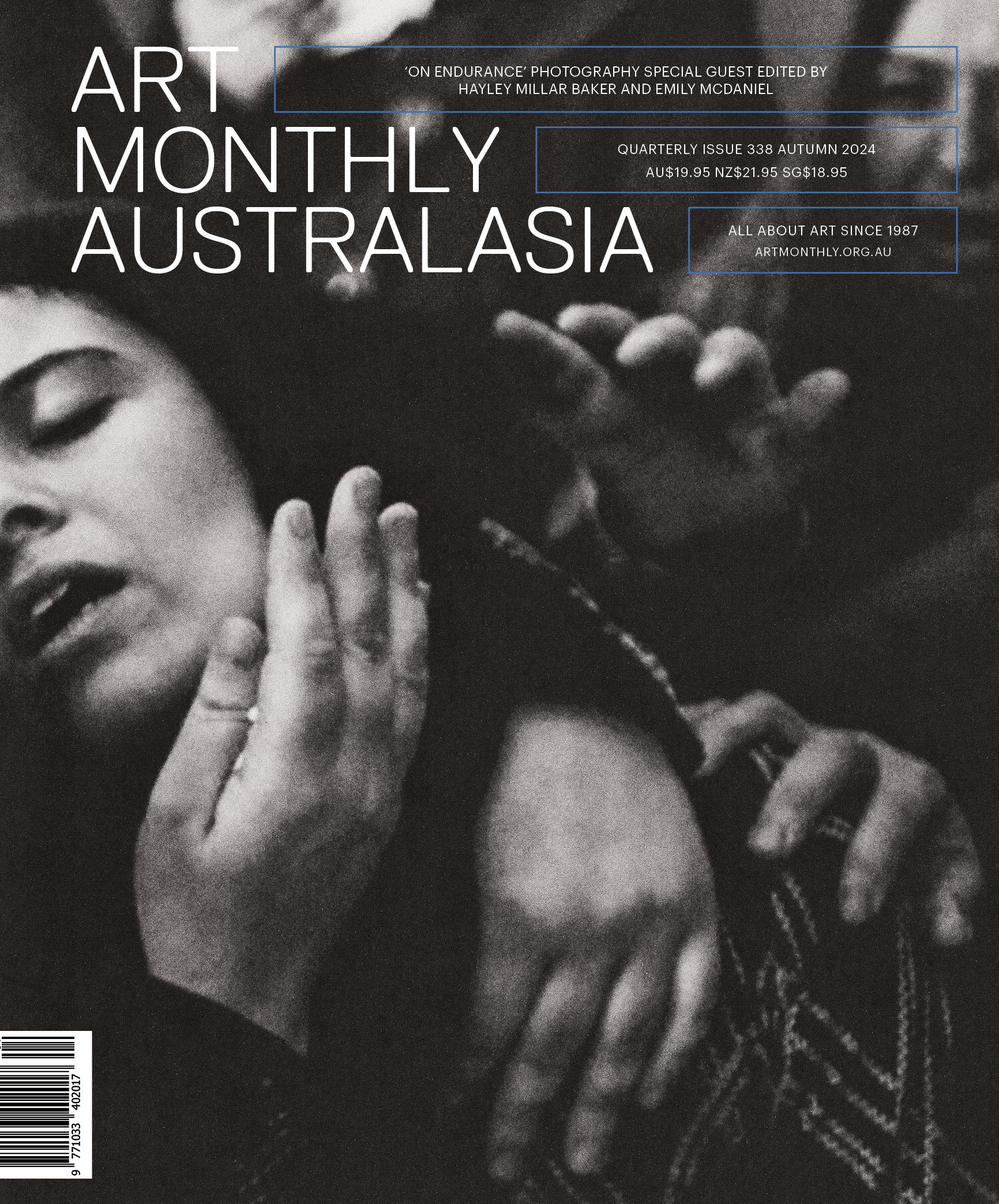Robert Andrew has been making art only since 2009, but, once experienced, his kinetic sculptures, with sound and moving parts and aesthetics that change while we watch, are not easily forgotten. ‘Our mutable histories’, his solo exhibition for the Museum of Brisbane (until 16 July), continues an exploration of history, the artist’s Indigenous ancestry and the broader Australian narrative, expressed through machines that continuously recreate the works, evolving over the period of the exhibition. It is a process based on erasure, a washing or scraping away of surface, to reveal a previously concealed history or process that lies beneath.
Andrew’s grandmother was a Yawuru woman from the Rubibi area (near Broome) in Western Australia. The repercussions of government policy on Aboriginal people at the time, and resulting family disjuncture, compel Andrew’s source material. In joining his powerful emotional responses to this material, with machines and the juxtaposition of tactile natural materials, Andrew creates a unique third space within the work, where not only cultures but the duality of his own experience is palpable – ‘a way of understanding both sides and how they are controlled,’ he said in an interview.
Data Stratification (2017), one of three installation works in the exhibition, is his most ambitious yet. It is a moving machine which translates Yawuru words, seen on a screen, into changing patterns that are expressed with moving sticks, rocks and pearl shell, suspended with string. These materials were collected locally and from his aunt’s backyard in Broome. The loss of language, its devastating impacts, are expressed in the grinding sound and inexorable rhythm of the machine. As Andrew said: ‘Taking a language away removes a lot from a culture, so much more than communication.’
One of the other two works, Ground Up (2017), is also machine-driven. It un-prints a wall-sized landscape, eroding a surface to reveal natural oxides and textiles which become visible below, and changes with each passing day, slowly revealing, across five panels, the Yawuru word for country, ground, earth, sand, time and space. The physical presence and technical complexity of these works make lucid Andrew’s own sensation of being in-between.
Louise Martin-Chew, Brisbane














































